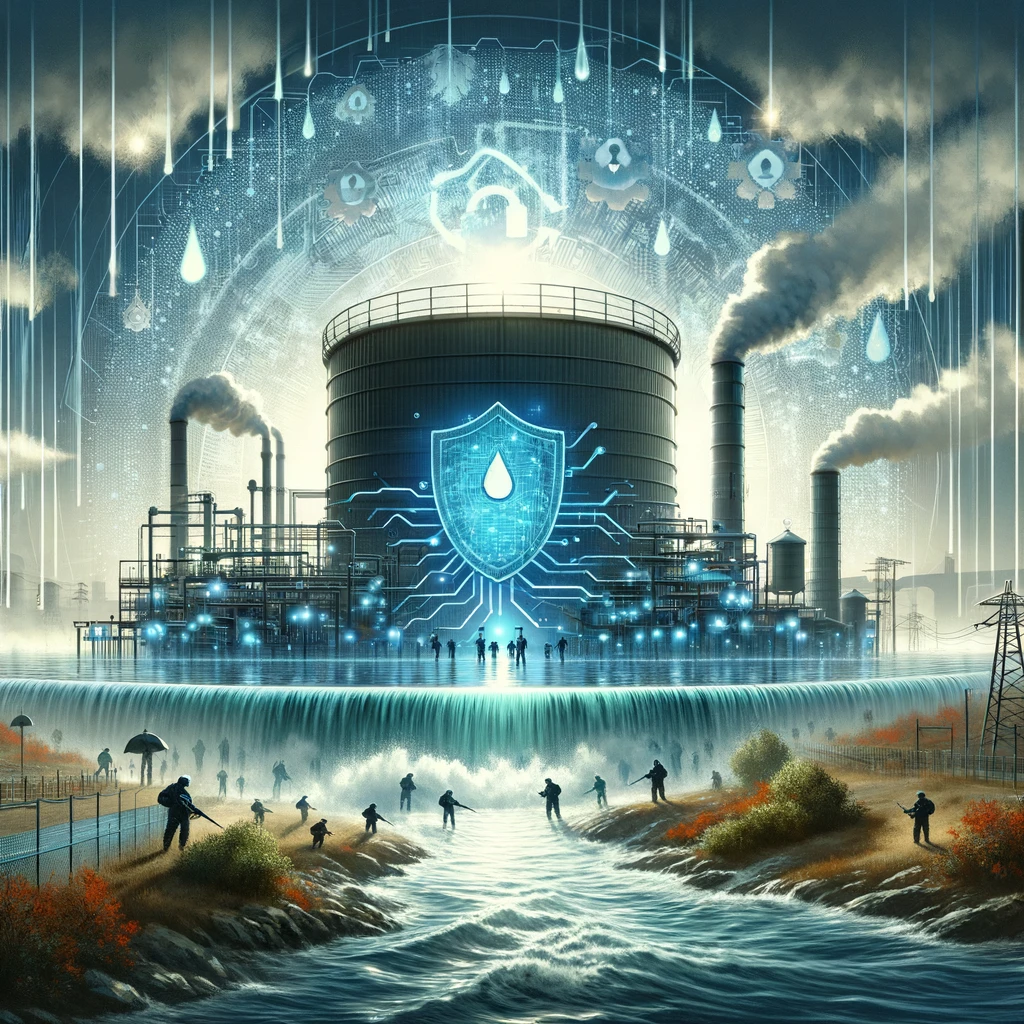Securing the Lifeline: A Unified Front Against Cyber Threats to America's Water Systems
Charles M. Walls | March 20, 2024 | Views: 183

Mark your calendars for an essential virtual gathering on Thursday, March 21, at 1 pm EST. This one-hour session is set to shine a spotlight on the concerted efforts by the US government to bolster cybersecurity within the water sector. It aims to identify existing vulnerabilities, encourage proactive steps from states and water systems, and underscore the urgency of immediate action.
The backdrop of this initiative is the alarming rise in cyberattacks targeting the US's water and wastewater infrastructure. These attacks pose a direct threat to the uninterrupted supply of clean and safe drinking water, a fundamental necessity for life, as highlighted in a communication from the White House to the governors across the nation. The document underscores the severity of the situation, pointing out the involvement of state-sponsored actors from Iran and China in these cyber offenses.
Specific instances include hacking attempts by groups linked to the Iranian Government's Islamic Revolutionary Guard Corps (IRGC), which have compromised drinking water systems by exploiting vulnerabilities like default manufacturer passwords. Similarly, the White House has identified Chinese cyber operatives, known as Volt Typhoon, for their incursions into the information technology systems of critical US infrastructure, including those of drinking water facilities, positioning them to potentially disrupt operations amidst geopolitical tensions.
The document elucidates the inherent attractiveness of water and wastewater systems to cybercriminals. Despite being critical infrastructure, these systems often lack the necessary resources and expertise to implement robust cybersecurity measures. This vulnerability underscores the need for enhanced protection and preparedness against such threats.
In response, the Biden-Harris administration is mobilizing support from government entities to assist the Environmental Protection Agency (EPA)—the body tasked with safeguarding the nation's water infrastructure—in mitigating these cybersecurity risks. The administration is urging states to ensure their water systems are thoroughly evaluated for cybersecurity weaknesses, implement necessary safeguards, and develop comprehensive response and recovery plans for potential cyber incidents.
Moreover, the announcement of the formation of a Water Sector Cybersecurity Task Force marks a significant step towards identifying and implementing immediate actions and long-term strategies to shield the nation's water systems from cyber threats. The EPA, in collaboration with the cybersecurity agency CISA, is also providing guidance and resources to aid water systems in enhancing their resilience against these dangers.
This initiative not only highlights the criticality of cybersecurity within the water sector but also calls for a unified effort to protect this vital infrastructure from the evolving landscape of cyber threats.




